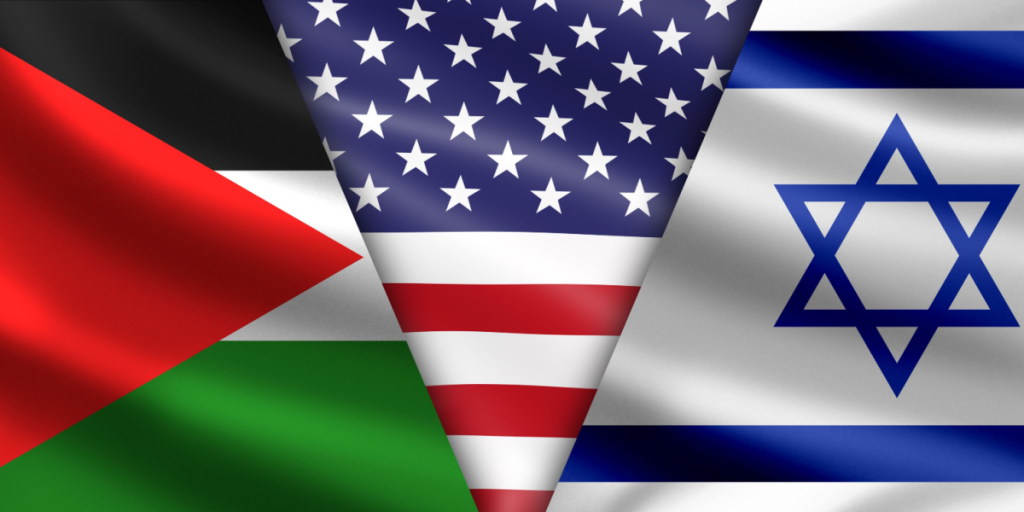In a sensitive clause, the plan includes an exchange of remains: for every deceased Israeli hostage returned, Israel would release the remains of 15 Gazans.
Others are reading now
President Donald Trump announced a sweeping 20-point peace plan at the White House, standing beside Israeli Prime Minister Benjamin Netanyahu.
Trump Unveils New Gaza Peace Proposal
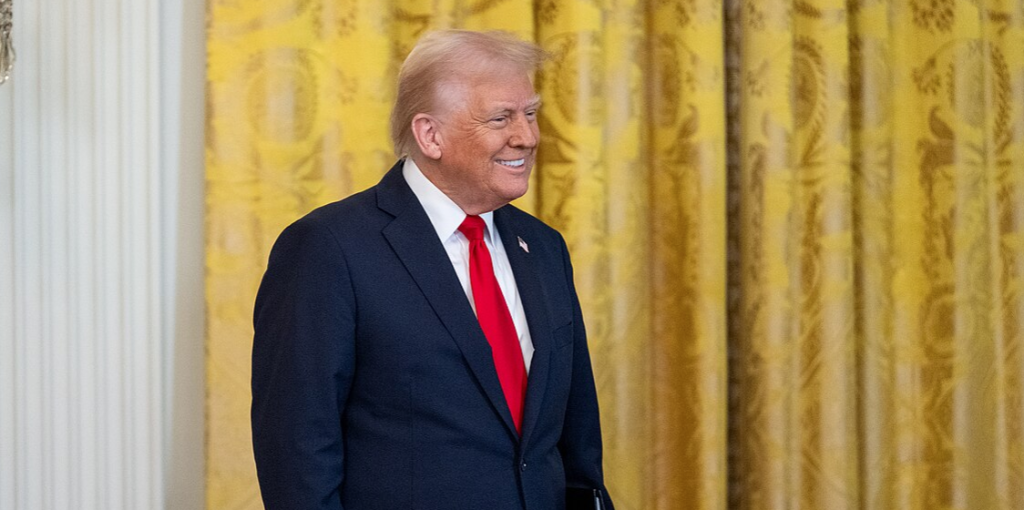
Framing the plan as the closest path yet to ending the Gaza war, Trump said he’s giving Hamas just “three to four days” to respond. The plan calls for an immediate ceasefire and outlines a roadmap for Gaza’s demilitarization and reconstruction.
Immediate Ceasefire and Hostage Deal
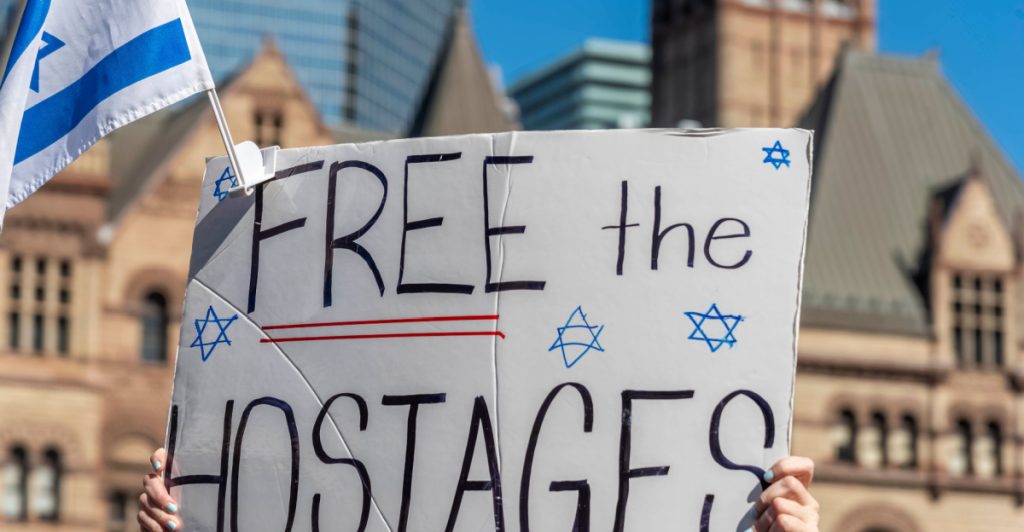
Once both sides agree to the plan, all military operations would halt. Within 72 hours, Hamas would release all hostages, living and deceased.
In exchange, Israel would free 250 prisoners serving life sentences and 1,700 Gazans detained after October 7, 2023, including all women and children.
Exchange of Remains Included
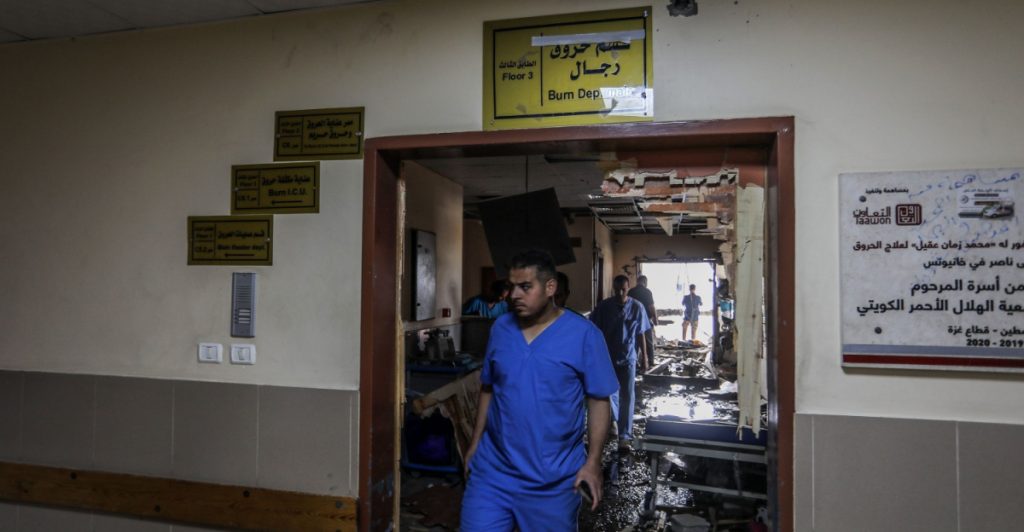
In a sensitive clause, the plan includes an exchange of remains: for every deceased Israeli hostage returned, Israel would release the remains of 15 Gazans.
Also read
This symbolic gesture aims to create a foundation for mutual de-escalation and trust-building between the parties.
Staged Israeli Withdrawal from Gaza
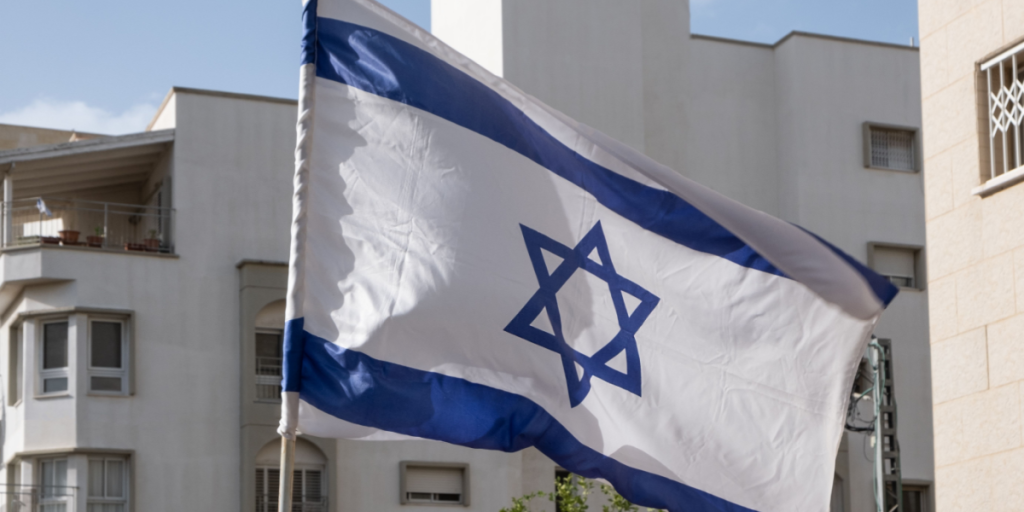
Marking a first, Israel has publicly committed to gradually withdrawing from parts of Gaza, under certain conditions.
As a new international security force establishes control, Israel’s military would pull back based on security milestones and timelines agreed with U.S. and regional partners.
Gaza Governance: No Role for Hamas
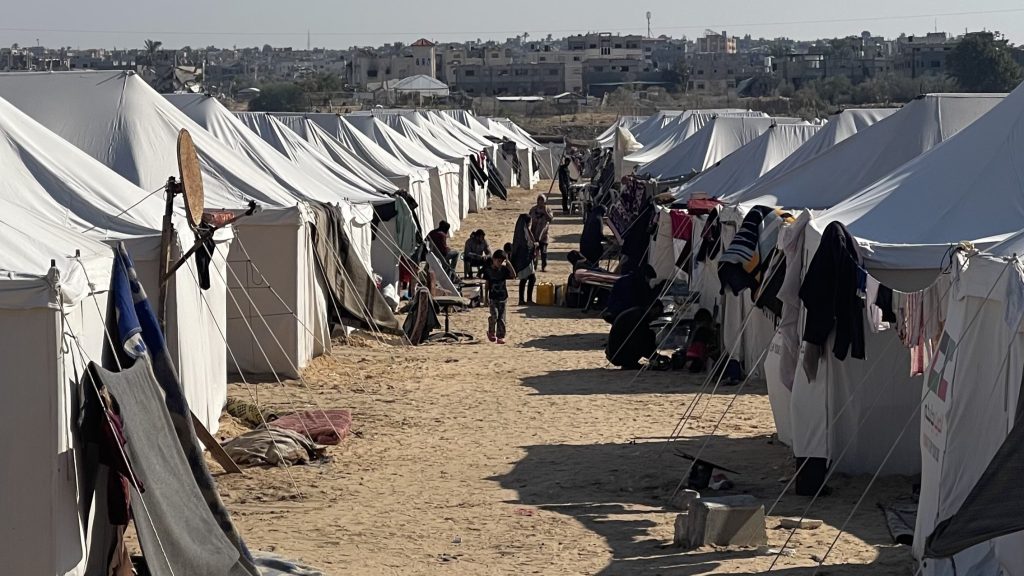
The plan makes it clear that Hamas will have no political or administrative role in Gaza’s future.
Members willing to disarm and support peaceful coexistence will receive amnesty or safe passage to other countries. The goal: a de-radicalized Gaza, free from militant rule.
Also read
Temporary Technocratic Leadership for Gaza
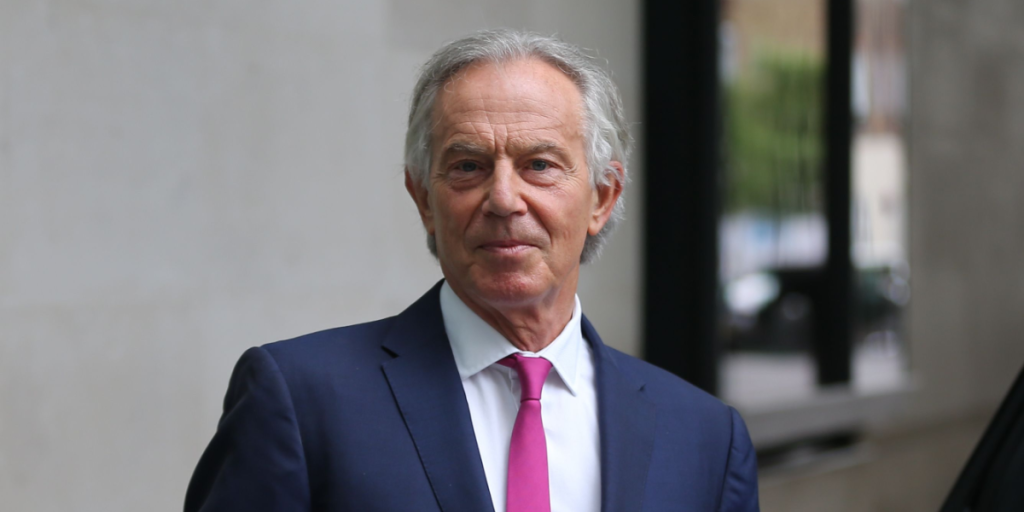
In the transition period, Gaza would be governed by a neutral Palestinian committee composed of technocrats.
Oversight would come from an international group called the “Board of Peace,” chaired by Trump and including former UK Prime Minister Tony Blair. The committee would manage public services and infrastructure until the Palestinian Authority reforms.
No Forced Displacement from Gaza
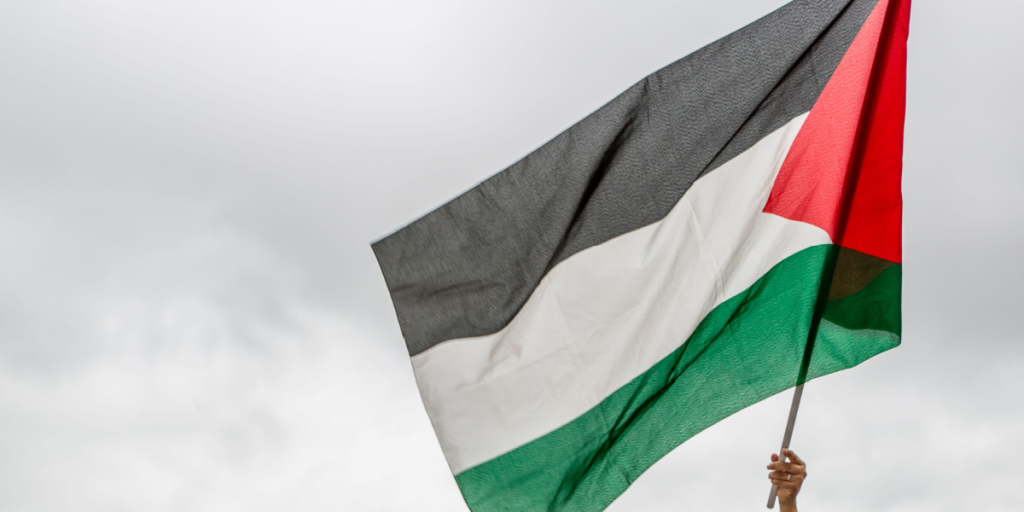
Breaking from past rhetoric, the plan guarantees that “no one will be forced to leave Gaza.” Those who wish to leave can do so freely, and return.
The proposal emphasizes giving Palestinians the opportunity to rebuild their homeland, not abandon it.
Major Humanitarian Aid Influx
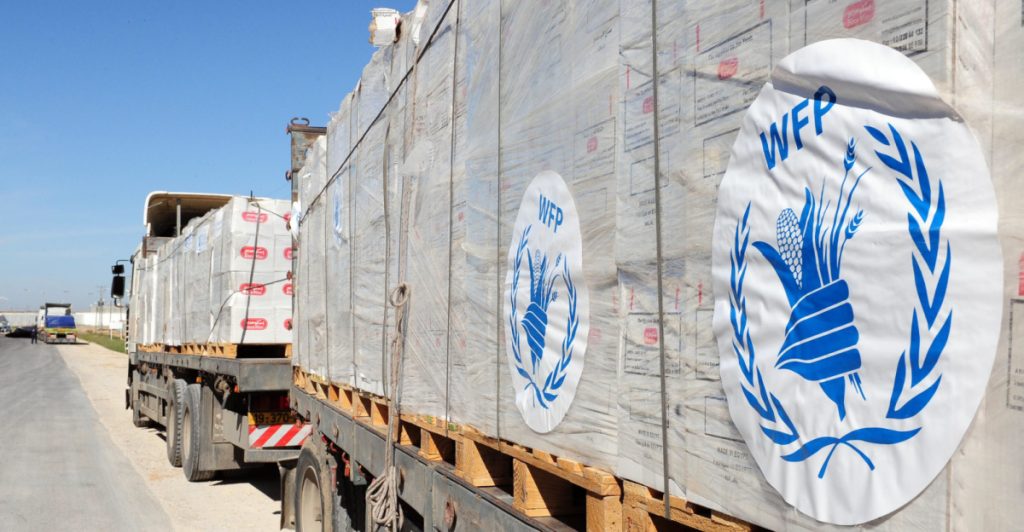
The agreement mandates a massive scale-up of humanitarian aid, even if Hamas rejects the plan.
Also read
The United Nations, Red Crescent, and other neutral international bodies would handle the distribution of food, medical supplies, and equipment for rebuilding hospitals, roads, and homes.
International Stabilization Force to Secure Gaza

A proposed International Stabilization Force (ISF) would deploy immediately upon agreement, working with Egypt and Jordan to train Palestinian police and secure borders.
This force would act as Gaza’s internal security solution, replacing both Hamas forces and the Israeli military.
Trump’s Economic Vision for “New Gaza”
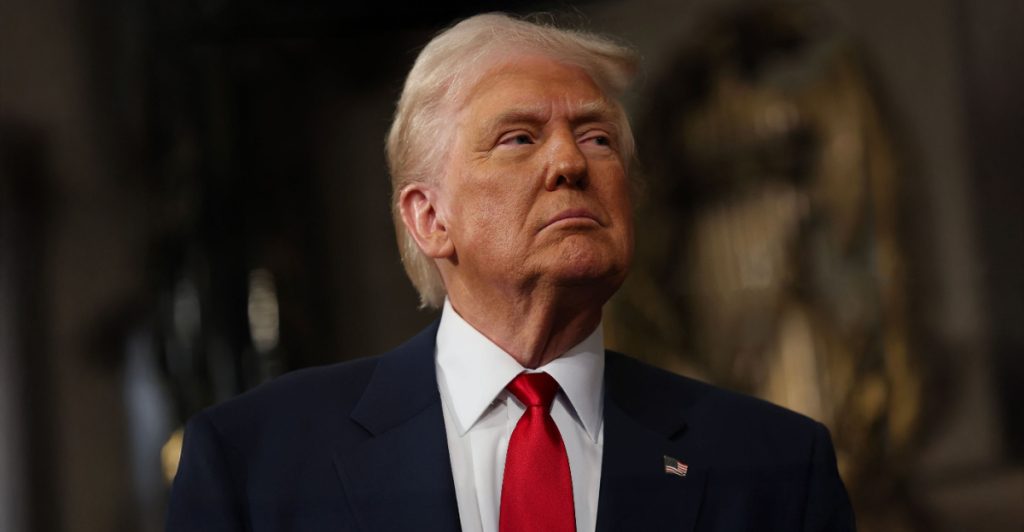
The plan includes a bold redevelopment initiative dubbed the “Trump Economic Development Plan.”
A panel of unnamed experts who’ve worked on cities in the Gulf region would be tasked with transforming Gaza into a modern, investment-ready economy, with a special economic zone and job-creating projects.
Also read
Future of Palestinian Statehood Left Vague
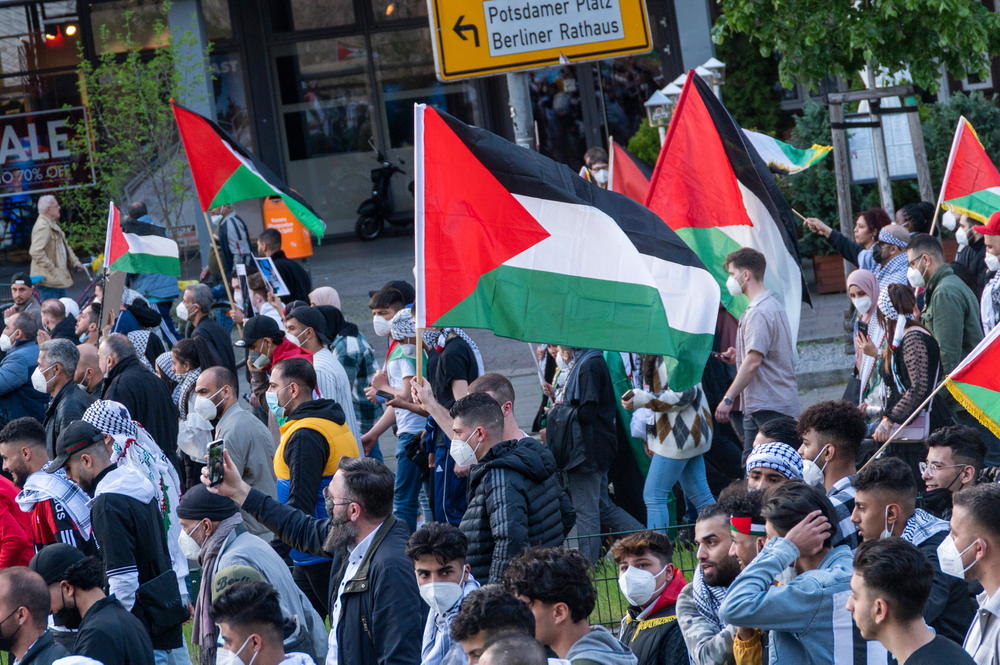
While the plan mentions Palestinian aspirations for statehood, it stops short of endorsing it.
The U.S. does not commit to recognizing a Palestinian state, though it acknowledges the potential for one, provided the Palestinian Authority completes a reform process. Netanyahu, however, has signaled opposition to a PA-led Gaza.
Final Warning: Clock Ticking for Hamas

Trump has made it clear: if Hamas does not respond within “three to four days,” the plan will move forward without them.
“If it’s not, it’s going to be a very sad end,” he warned. Despite broad support from Arab and Muslim nations, Hamas’s acceptance remains the biggest hurdle to implementing the deal.

